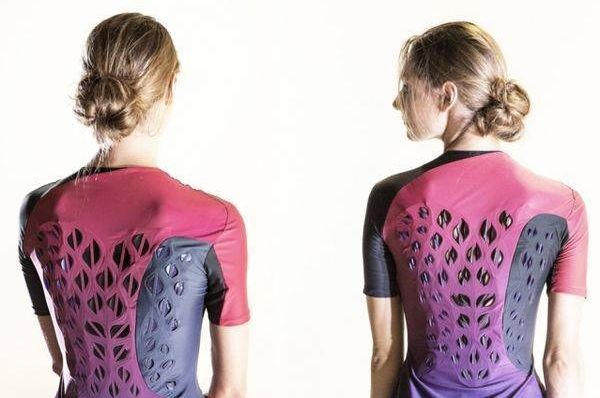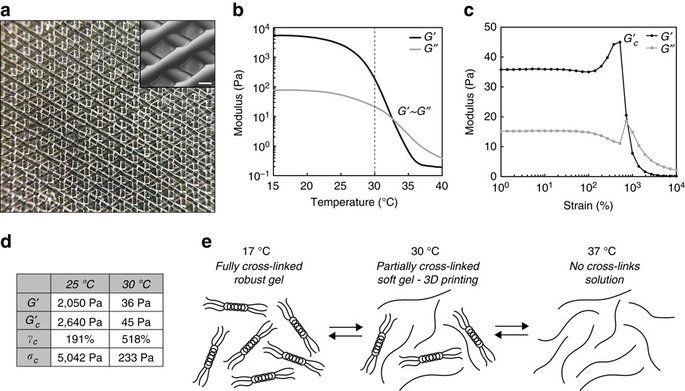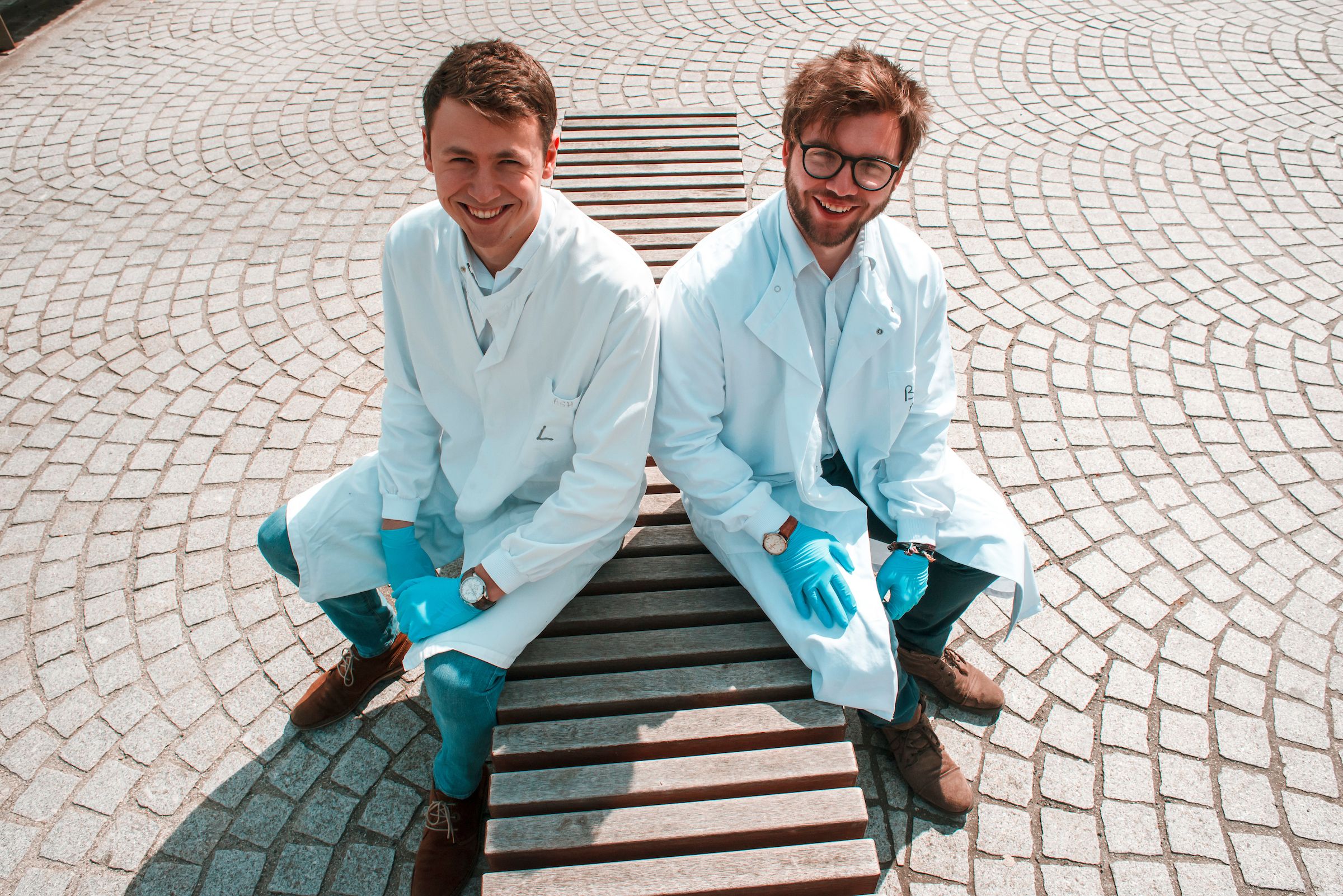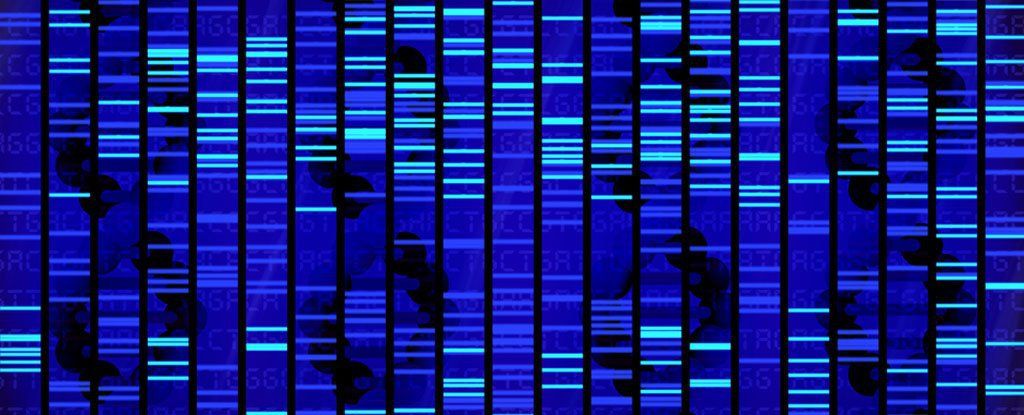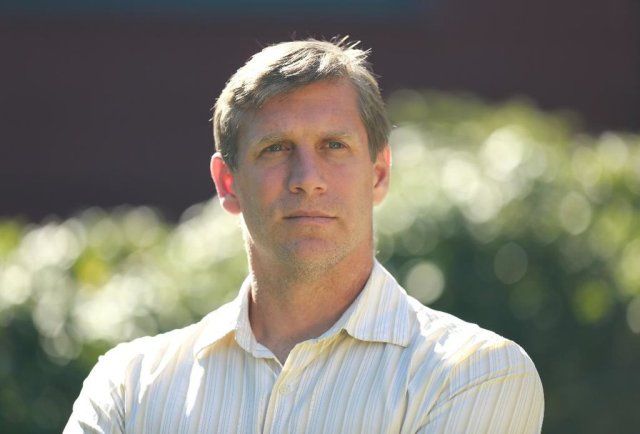May 22, 2017
MIT used bacteria to create a self-ventilating workout shirt
Posted by Shane Hinshaw in categories: bioengineering, wearables
Many rain jackets have zippers at the armpits that, when opened, let out perspiration and funk that would otherwise stay trapped inside. But researchers from the Massachusetts Institute of Technology have created a prototype of a wearable that vents itself automatically in response to sweat—and it does so using bacteria.
Wen Wang, the lead author of a new study about biohybrid wearables in the journal Science Advances, says that the garment with bacteria-triggered vents represents just a stepping stone on their way to creating shirts that do something even better: produce a pleasant smell when you sweat.
To make the prototype garment, the researchers experimented with different structures of latex and bacteria, says Wang, a bioengineer and former research scientist at MIT’s Media Lab and the university’s department of chemical engineering. One such configuration involved just two layers: bacteria on one side, and latex on the other. But what worked best for creating the vented wearable was coating latex on both sides with a type of bacteria called B. subtilis.
Continue reading “MIT used bacteria to create a self-ventilating workout shirt” »
